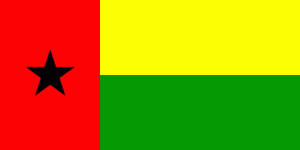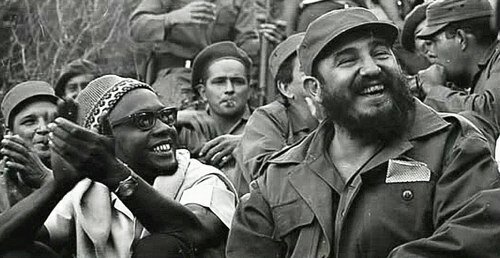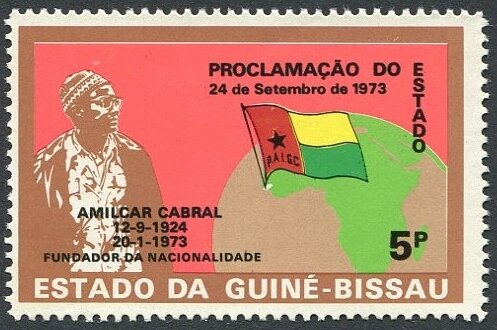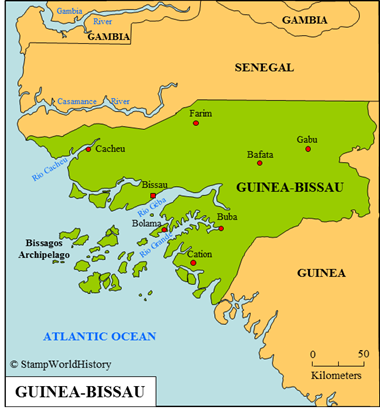
Guinea-Bissau
Quick reference
General issues: Republic 1974-Present
Country name on general issues: Guiné-Bissau
Currency: 1 Escudo = 100 Centavos 1974-1976, 1 Guinea Peso = 100 Centavos 1976-Present
Population: 516 000 in 1974, 1 693 000 in 2014
Political history Guinea-Bissau
Guinea-Bissau is located in western Africa. In the mid 19th century the future Guinea-Bissau is home to a number of Niger-Congo peoples, of which most also live in neighboring countries. The Portuguese had settled in Portuguese Guinea, from the 15th century, establishing trade posts on the coast. The main trade was the slave trade – the Guinea Coast also being called the Slave Coast. Until well into the 19th century, Portuguese control was limited to the settlements on the coast. These were administered from Cape Verde until, in 1879, the separate colony of Portuguese Guinea was established. Events took a different turn after the 1885 Berlin conference where the colonial powers divided their respective spheres of interest in Africa. Portugal was awarded Portuguese Guinea. A prerequisite of the Berlin conference for future recognition of territorial claims was the establishment of effective colonial rule. The Portuguese, from 1892, started to bring Portuguese Guinea under their control by military force. To pacify the mainland took at least until the mid 1920’s. The Bissagos Archipelago off the coast was the last to come under effective Portuguese rule in the 1930’s.
The Portuguese did little to develop the colony. In 1951, Portuguese Guinea gained the status of a Portuguese province – as did the other colonies in the Portuguese Empire. This political change did little to improve the position of the indigenous people – politically or economically. From the mid 1950’s, political opposition grew as the PAIGC – the African Party for the Independence of Guinea and Cape Verde – was founded, striving for independence of both Portuguese Guinea and Cape Verde. In Portuguese Guinea, political opposition turned into an armed conflict from 1963. During the war of independence, the opposition controlled ever greater parts of Portuguese Guinea. In 1973, independence was declared unilaterally. After the Carnation Revolution in Portugal, independence in 1974 was recognized as the republic of Guinea-Bissau.

Amilcar Cabral and Fidel Castro. Amilcar Cabral was the leader of the independence movement, the Cuba of Castro was one of the major foreign contributors to the war of independence.
After independence, Guinea-Bissau would be governed with a communist style one party political system closely allied to communist countries such as Cuba and the Soviet Union. With the collapse of the Soviet Union, change also came to Guinea-Bissau. Guinea-Bissau became a multi party democracy in 1991 – the first multi party elections to be held in 1994. Democracy has not had a chance to establish itself in Guinea-Bissau though. The country has a history of elections followed by – military – coups d’etat, in 1998/1999 escalating into civil war.
Economically, Guinea-Bissau is one of the least developed countries in the world – a result from the little effort put in developing the country by the Portuguese, since independence followed by years of political strife. The economy is a subsistence economy with cashew nuts as its main export product.
Postal history Guinea-Bissau

1974 – Proclamation of the republic of Guinea-Bissau. Amilcar Cabral was the leader of the independence movement and the first president of Guinea-Bissau
The first stamps used, in what is now Guinea-Bissau, were stamps of Cape Verde from 1877. The first stamps of Portuguese Guinea were issued in 1881. The republic of Guinea-Bissau has issued stamps since 1974 – the first issue commemorating the proclamation of the republic. Since independence, Guinea-Bissau issued many stamps aimed at the thematic collectors market.
Album pages
← Previous page: GuineaNext page: Ifni →



